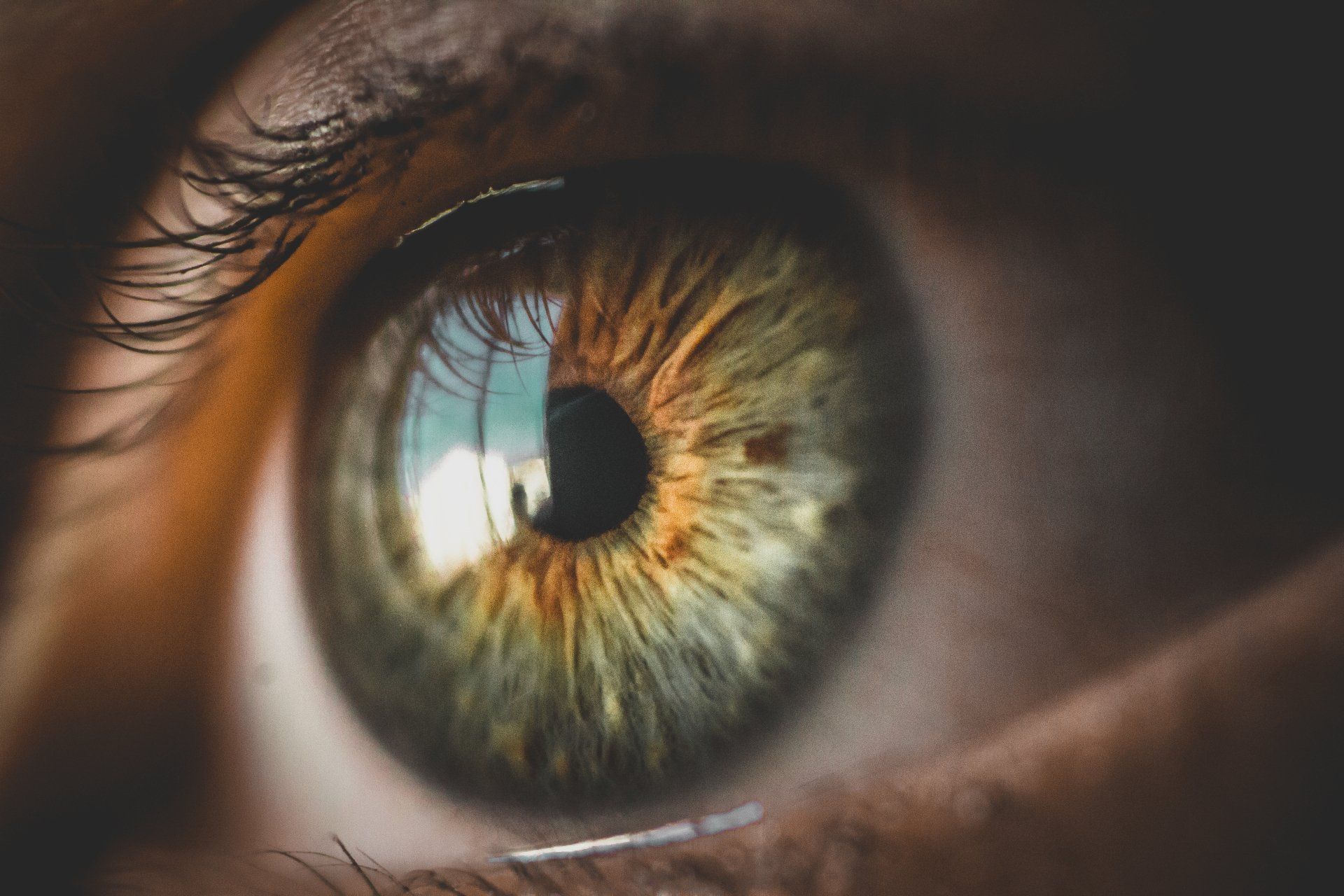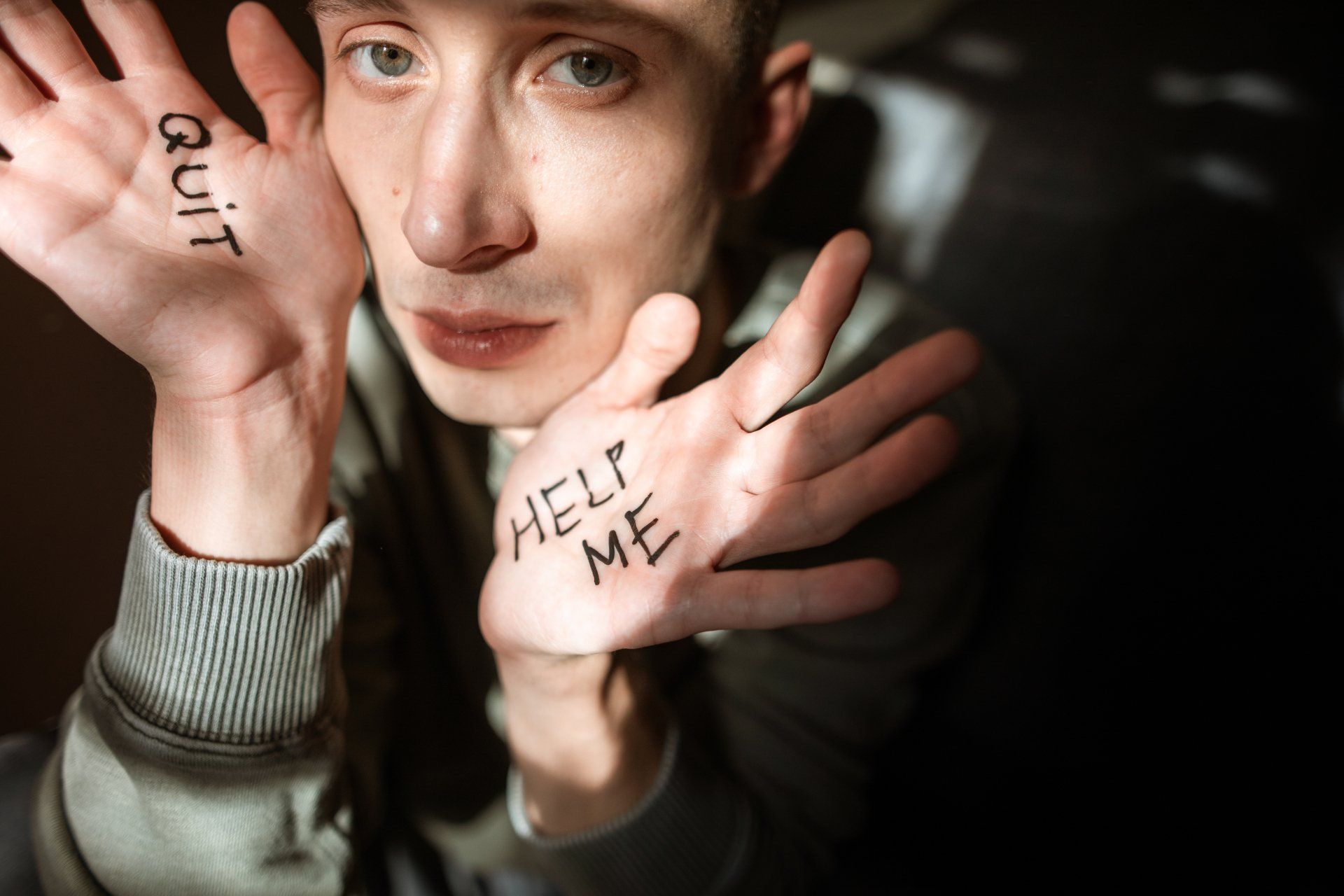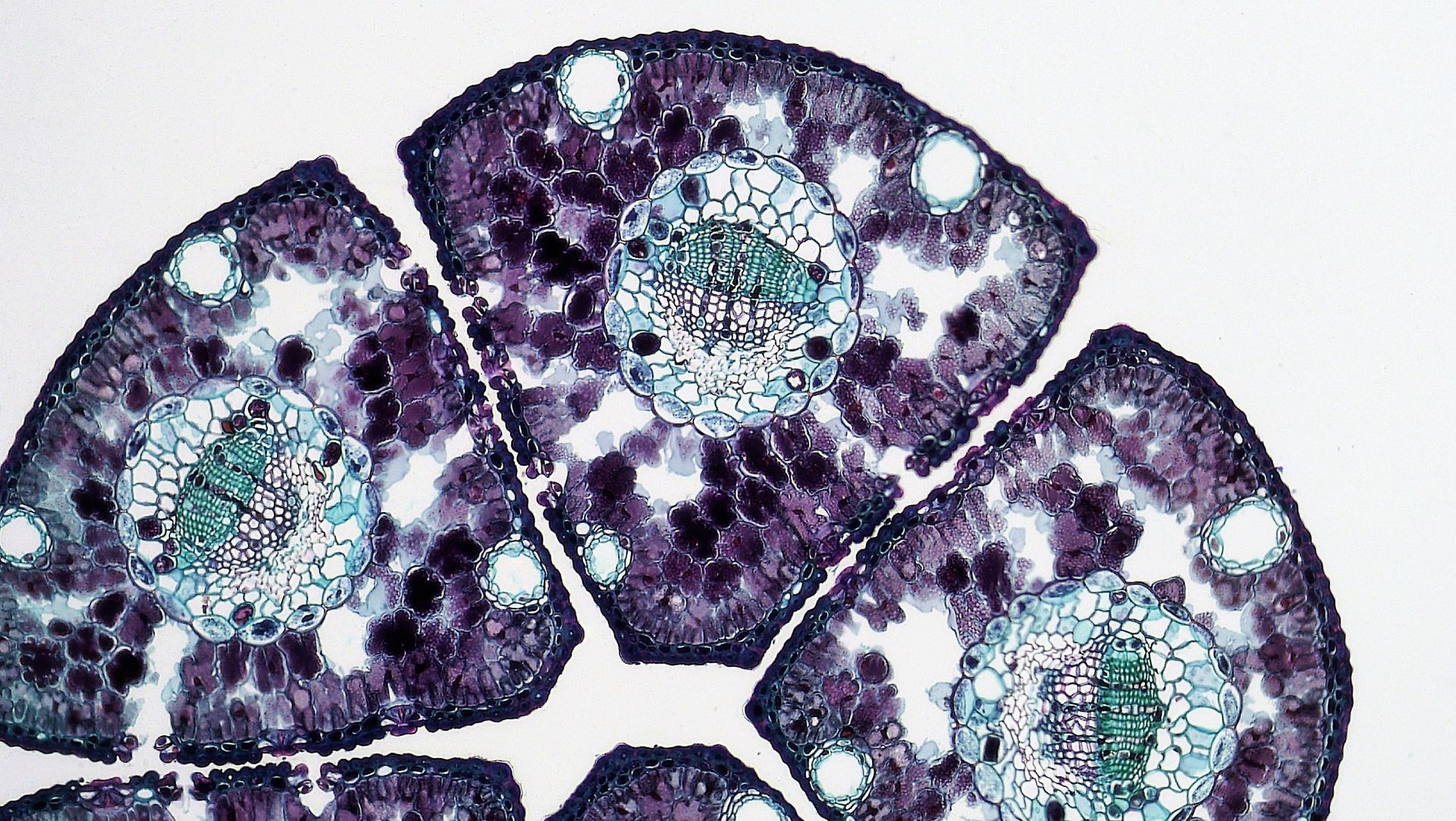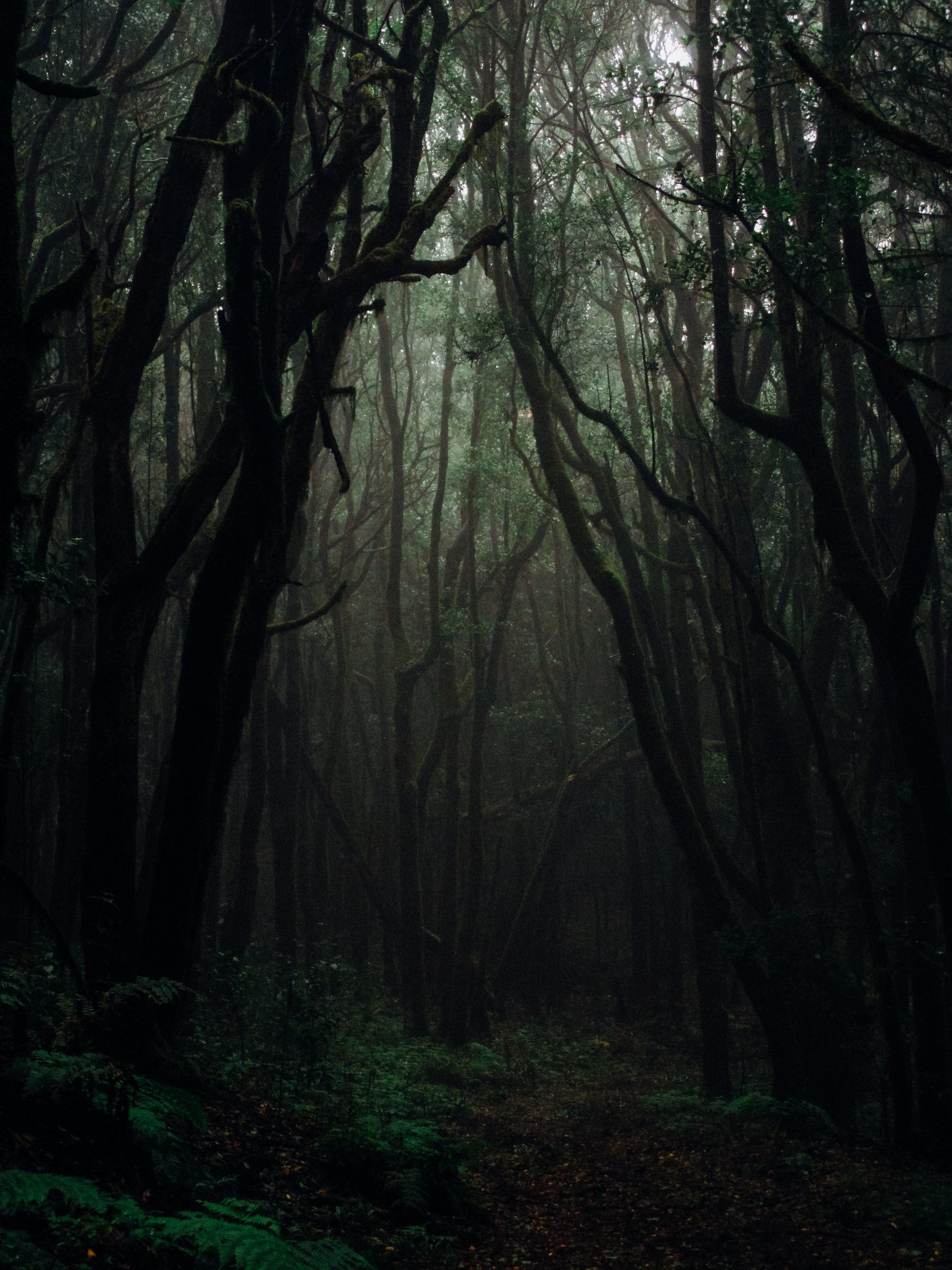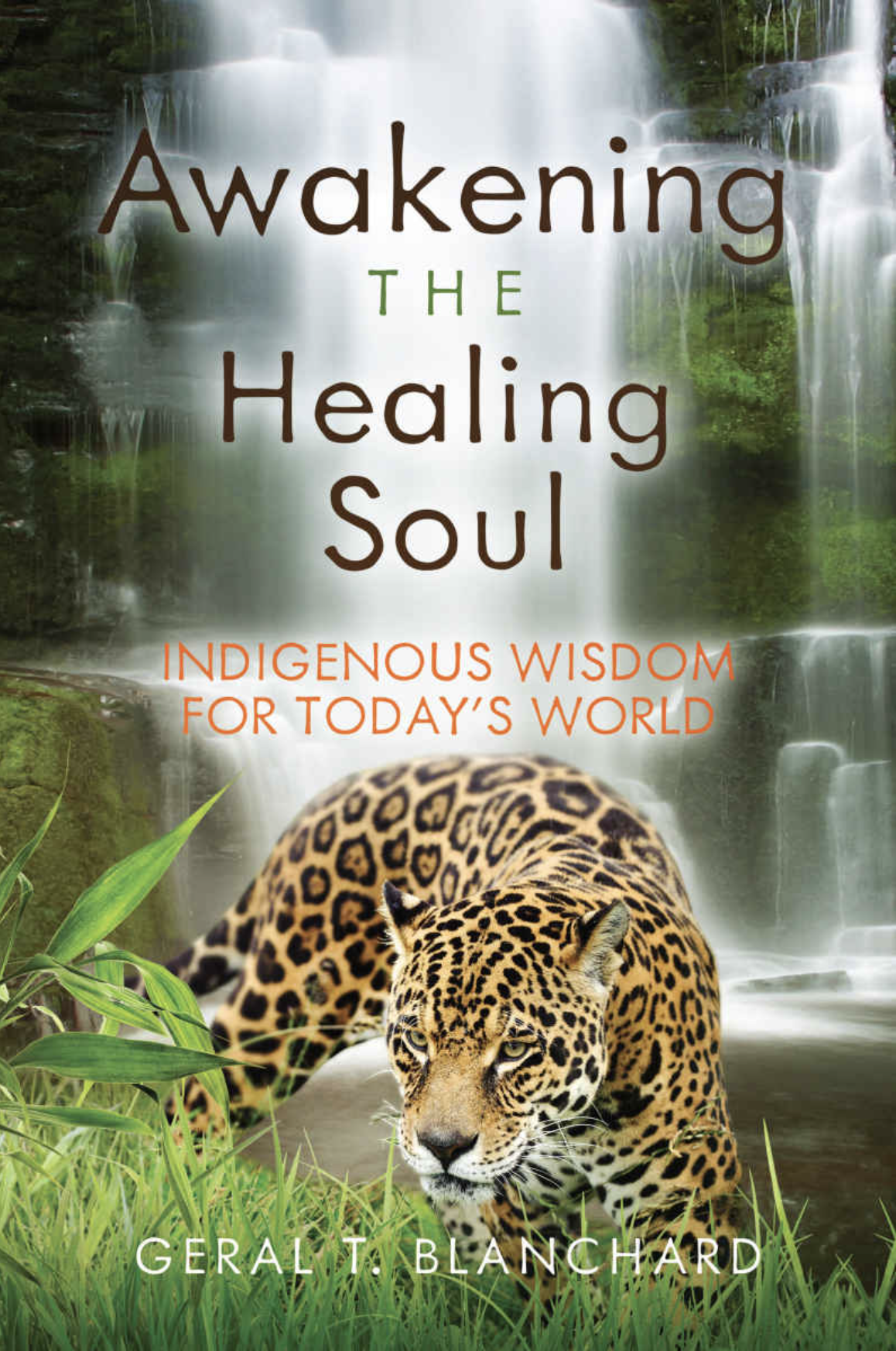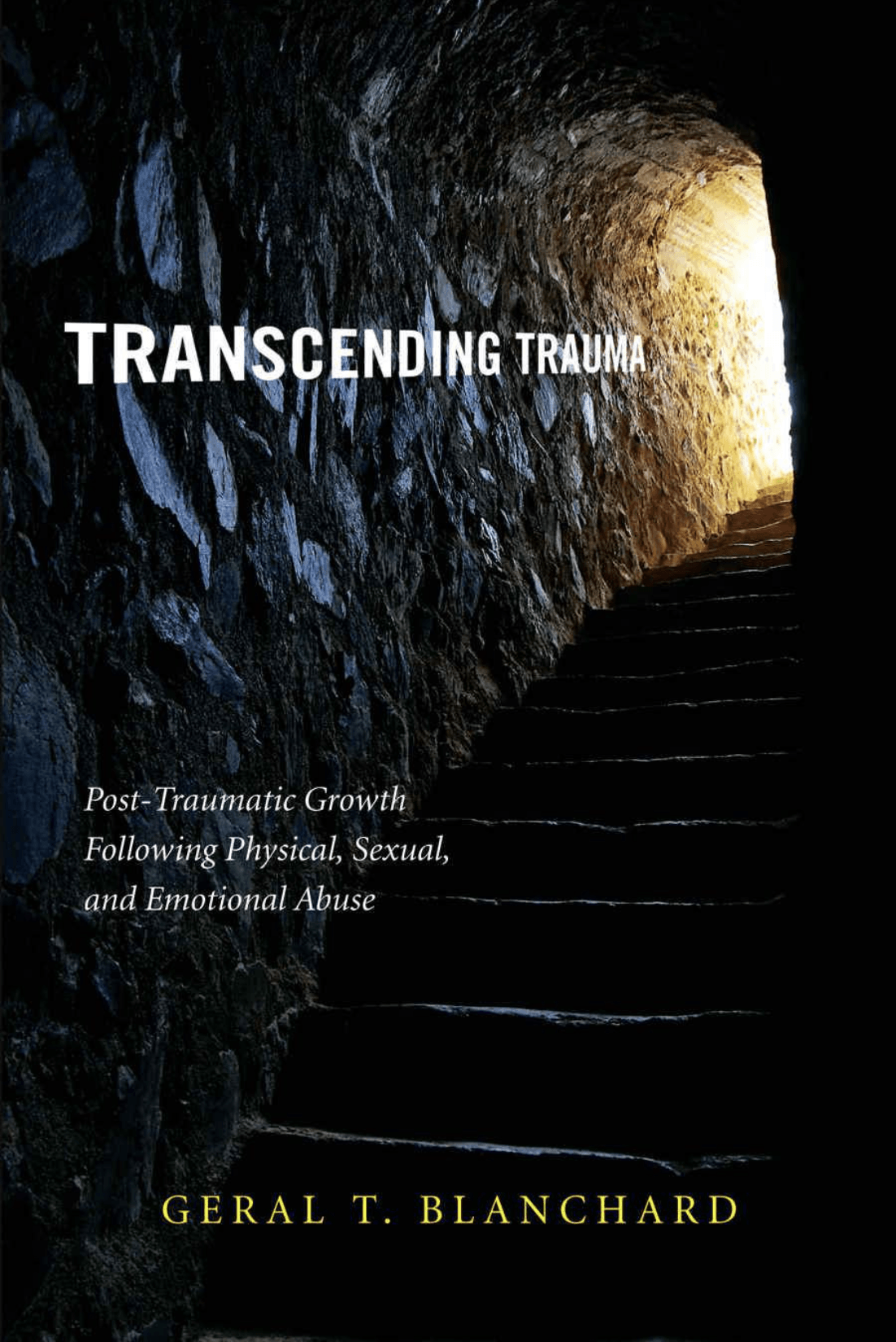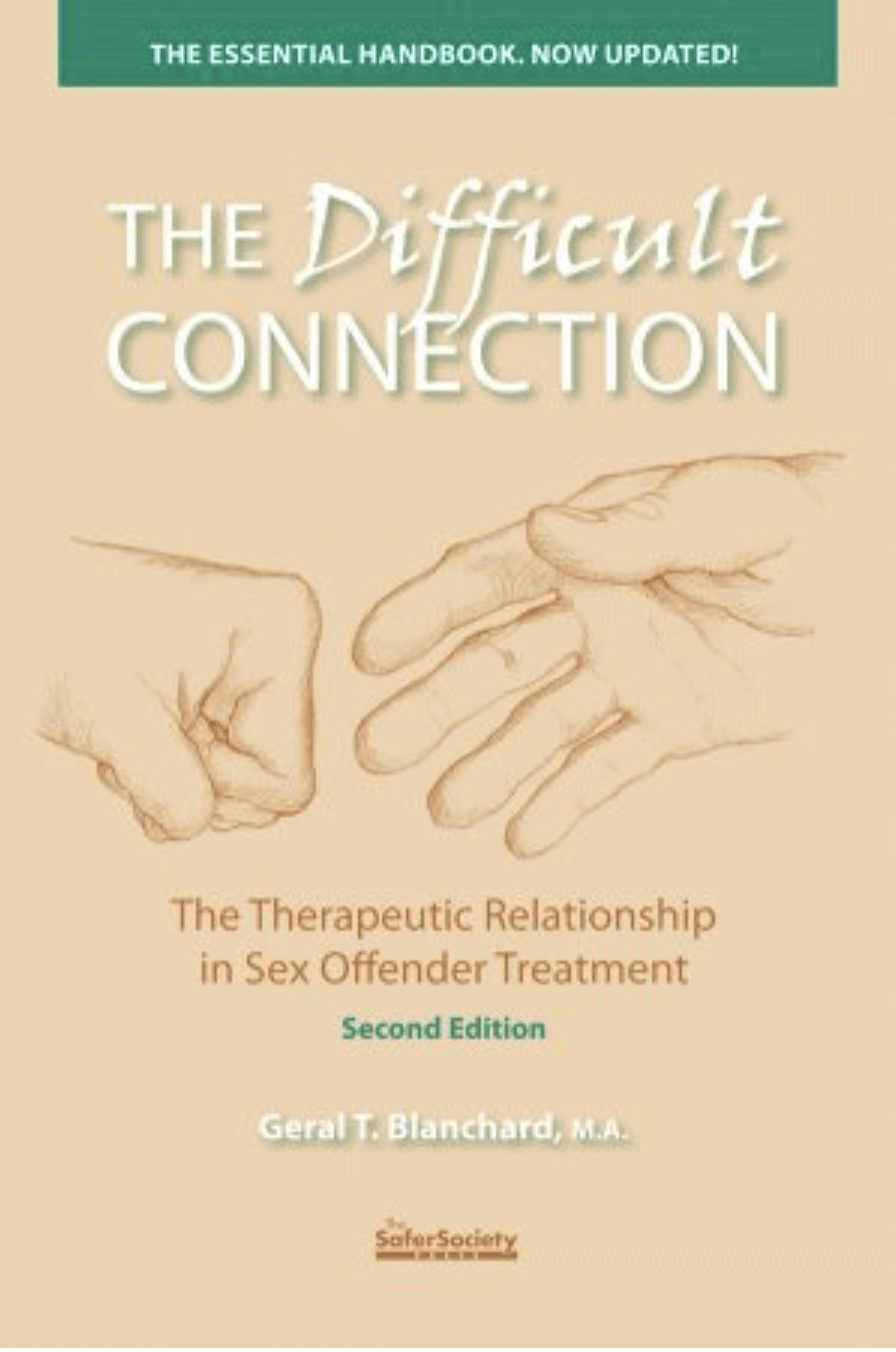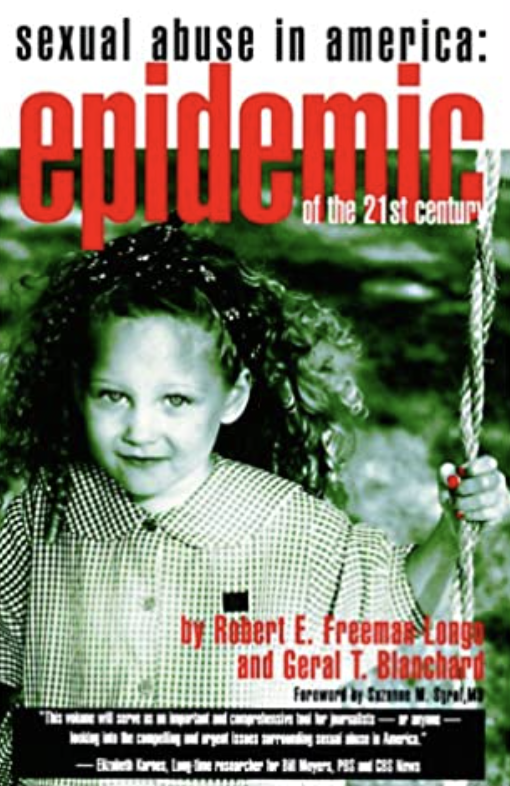Geral Blanchard, LPC, is a psychotherapist who is university trained in psychology and anthropology. Formerly of Wyoming and currently residing in Iowa, Geral travels the world in search of ancient secrets that can augment the art and science of healing. From Western neuroscience to Amazonian shamanism, he has developed an understanding of how to combine old and new healing strategies to optimize recovery, whether from psychological or physical maladies.
MDMA and Fear
Most everyone in search of empathogen treatment wants their inner fears quieted.
Fears that commonly originated in relationship hurts and betrayals, hence the desire for a relational medicine.
Simply put, fear arises from unfamiliarity and unpredictability, from unexamined aspects of the psyche. Hafez, the 12th century Persian poet wrote, “Fear is the cheapest room in the house. I would like to see you living in better conditions.” And by the “cheapest room” I think he meant the place in our thinking where we have expended the least amount of energy and invested insufficient attention -- it is like viewing the world from the distant cheap seats.
When I’ve camped in the wild country of Wyoming, particularly in the dark of night when it was difficult to see clearly, my imagination could run wild. Fear – when it arose mainly from my thoughts and imagination – sometimes conjured images of a nonexistent grizzly. As Sophocles, the Greek playwright of tragedies clarified, “To him who is in fear everything rustles.”
Fear is natural and necessary for our survival. Our two amygdalae are like highly caffeinated sentries always on the lookout for possible danger, principally after being roused by unexpected traumas, especially those that came early in life. The amygdalae tend to form instantaneous judgments without any reflection: Danger! Danger! Run, scurry, seek shelter! Long lived and little examined fears lock us inside ourselves, shutting social doors behind us. And we don’t even have to travel to a wilderness area to feel it running up our spine and raising our hackles.
Sometimes love and fear dwell in regions beyond proof of their reality. The former offers promise, the other peril. Both can cause us to be lost in the wild country of our minds, only later to be awakened to the confounding sense that maybe nourishing love never was present in the first place and calamity isn’t waiting in the wings when a hurtful person departs the scene. Intensity, when misperceived as intimacy, frequently leads to feelings of betrayal, going from fantasy to reality very fast. Betrayal can then trigger fear, even propagate terror, and ultimately conceive an ongoing, unregulated near-panic state.
At some point this rowdy group of feelings takes on a life of its own in the bodymind despite what is actually happening in the moment. It can develop into a persistent day-to-day hypersensitivity no longer requiring any ongoing direct stimulation and seemingly with no “shut off” switch. To thwart this process, the amygdalae may have to be momentarily calmed allowing clear thinking to prevail; then we can make sense of what just happened, or
didn’t.
Sticking with the wilderness metaphor, someone at the Wyoming Outdoor Leadership School once very wisely opined about being lost:
“You have to find your mind first, before you can find your way out of the woods. The first thing you can do is elect to coolly open your ‘jar of calm’ and pour it over everything.”
With that visualization a mini decision is made to ground yourself in reality, not obsessing about the boogeymen of unfamiliar terrain, or the residual imagination and unchallenged machinations still persisting well after long ago scary escapades ended.
The 16th century Spanish mystic, Saint John of the Cross, was always easily smitten by beauty, yet formed his character because of his suffering and loss. He wrote about his dark nights of the soul. More recently Thomas Merton, Thomas Moore, and others have written about these cataclysmic and catalytic times in life. In those lingering painful moments (what some would call “depression”) we are inclined to feel deserted and fearful. In those aching moments of abandonment and loneliness we long to be met by someone who can assuage our emotional pain. Frequently, no one arrives, at least not immediately. There is something we must figure out about ourselves first before we instinctively look outward for answers, especially from people who don’t know us as well as we do, or soon will.
The hormone oxytocin (9 linked amino acids) is produced during an MDMA treatment. It has the uncanny ability to increase our accuracy for recognizing fear (up to 20%) which can lend some calm. It is during a treatment that one is able to discern if old fears are still legitimate threats, if their original purpose is kaput, and if we need to hold onto them any longer. At that time the emotional amygdalae gets to take a nap; the two will wake up again if legitimately needed. Meanwhile we strive to remain on intellectual alert, rather than in primal emotional panic, able to determine if we want to stay attached (addicted) to our fear.
*********
“No great art has ever been made without the artists having known danger. Grief and terror are spaces for transformation.”
- Rainer Maria Rilke
“Theology has to be done in the face of danger.”
- Johann Baptist Metz
“We weren’t made for pavements and escalators, but for thunder and mud.”
- Jay Griffiths
“The only thing to fear is fear itself.”
- FDR
*********
Other Topics
Basics of MDMA
Rituals and Ceremony
Brain and MDMA
Trauma
Heart
Energy Movement
Quantum Physics
Native Cosmologies
Nature
Spirituality/Enlightenment
Kogi Tribe
Books written by Geral T. Blanchard
More Articles

